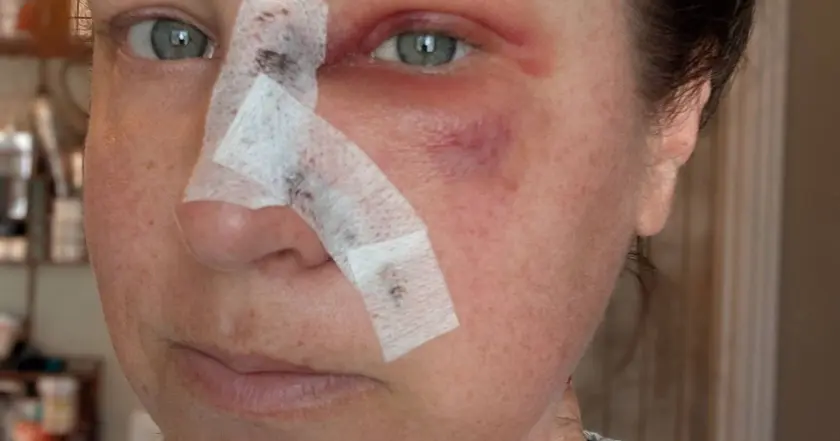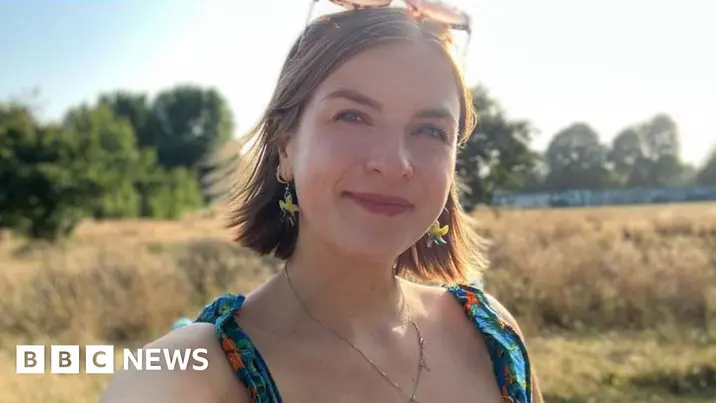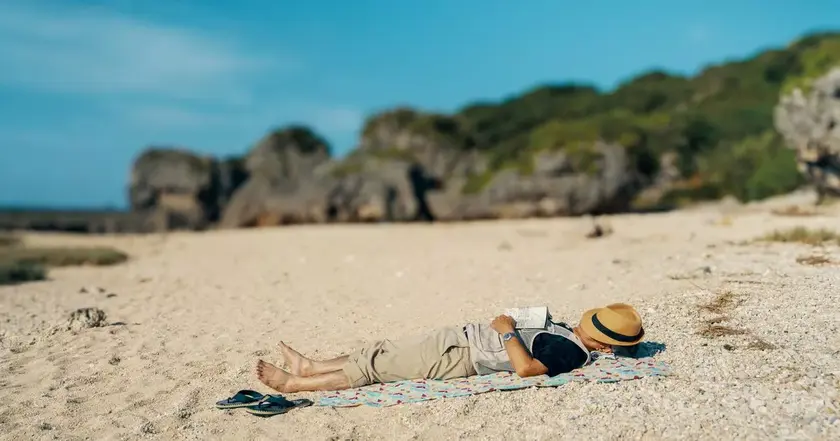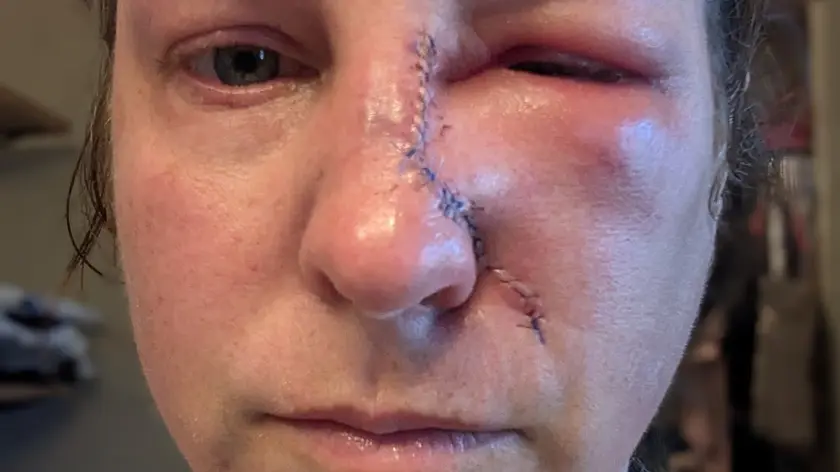T4K3.news
Sun safety reminder
A reminder to check new or changing skin spots and practice sun protection daily.

A Utah mother learns a nose spot can be cancer and why lifelong sun protection matters for families.
Sun safety becomes a survival lesson after skin cancer diagnosis
Amanda Anderson, 43, noticed a small spot on her nose in January 2025 and dismissed it as dry skin during Utah’s dry winter. A GP prescribed a cream, and the spot returned, began to bleed, and then scabbed. Despite reassurances, Amanda trusted her instincts and sought a second opinion.
In June 2025 a biopsy confirmed basal cell carcinoma. She underwent Mohs surgery to remove the cancer, needing several rounds and a reconstruction using skin from above and below the nose. Now recovering, she will have checkups every six months and uses the experience to urge others to protect their skin from an early age.
Key Takeaways
"It was just a little dry spot on the side of my nose."
Amanda’s initial, nonchalant assessment of the spot
"Skin cancer is so preventable."
Amanda’s takeaway on prevention
"The damage is done when you're young."
Amanda on childhood sun exposure
The story highlights how common appearances can disguise serious disease. A family history of skin cancer and a fair complexion increased Amanda’s risk, yet the first medical advice did not flag the seriousness. The medical journey shows how modern procedures like Mohs surgery can preserve tissue and function while removing cancer. It also spotlights the social angle: childhood sun exposure and past lack of sunscreen access shaped Amanda’s lifelong habits and risk awareness.
Beyond the medical details, the case argues for practical, everyday sun safety. It underscores the need for persistent public health messaging about screening, sunscreen use, and shade from youth through adulthood. Personal stories like this can drive real change in habits, even when the medical path is not dramatic at first glance.
Highlights
- Sun care should be a daily habit not a seasonal rule
- A tiny patch can hide a life changing truth
- Protect your skin from childhood to old age
- Listen to your gut and seek a second opinion when something returns
Protecting skin is a daily habit, not a seasonal choice.
Enjoyed this? Let your friends know!
Related News

Draft board update

Heat risk from meds highlighted during UK heatwave

Woman shares sunburn experience after long nap

British tourist drowns in Kefalonia, Greece

5.3 magnitude earthquake shakes Greek holiday island

Scorpion sting at Zara prompts safety review

Skin cancer case underscores sun safety

Unruly BA273 passenger arrested after 30 000-foot outburst
